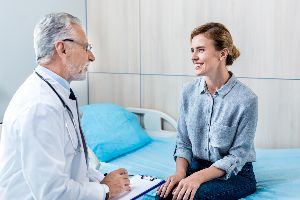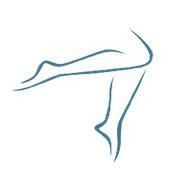A Guide to Varicose Veins

If you’ve been experiencing leg pain and have noticed blue lines under your skin, you could have varicose veins. Left untreated, they can cause secondary conditions like ulcers and even blood clots. Thankfully, there are treatment options to prevent these complications. To help you better understand the condition, below is a brief guide to varicose veins.
What Are They?
Varicose veins are tangled, swollen, superficial veins that appear just under the skin. They most commonly appear in the legs, and they’re often mild. They appear as blue lines or squiggles, and they can cause symptoms like leg pain, mild swelling, leg discomfort at night, and itching. More severe cases may cause more frequent or intense pain, skin changes like dryness and discoloration, and leg ulcers.
What Causes Them?
Varicose and spider veins (smaller, thinner veins that are visible but are usually asymptomatic) are caused by increased blood pressure or inflammation in the veins. Pregnancy, constipation, and obesity are common instigators of this vein condition, but sometimes heart conditions or tumors can affect veins and trigger them.
Sitting and standing for extended periods of time has also been linked to them, and people who are female, are on birth control or hormones, smoke, or are older may be more at risk.
How Are They Treated?

There are several treatments for varicose veins. For mild cases, at-home care may be sufficient, such as using compression socks and elevating your feet, and prevention steps like weight loss and more exercise may be recommended. If that’s not sufficient, options include sclerotherapy or vein closure, where special solutions are injected into the problematic vein, causing it to fade or close off.
Laser vein treatment is another option, either percutaneous or endovenous. For shallow and small veins, a laser sends light through the skin to the vein to slowly break it down, which may require multiple treatments. For large or deep veins, endovenous therapy is used, where a small probe is inserted into the vein and emits radio waves or laser energy to seal it, allowing healthy veins to take over. Severe cases may require surgery to remove the affected veins.
If you have symptoms of varicose veins, trust the team at Advanced Varicose Vein Treatments of Manhattan to treat them. Serving Manhattan, Queens, Brooklyn, and Staten Island with two locations, their board-certified physician has over a decade of experience in vein care, with a variety of varicose treatments, including laser and sclerotherapy. Explore their treatments online, and call (888) 356-VEIN (8346) for a consultation.
About the Business
Have a question? Ask the experts!
Send your question

